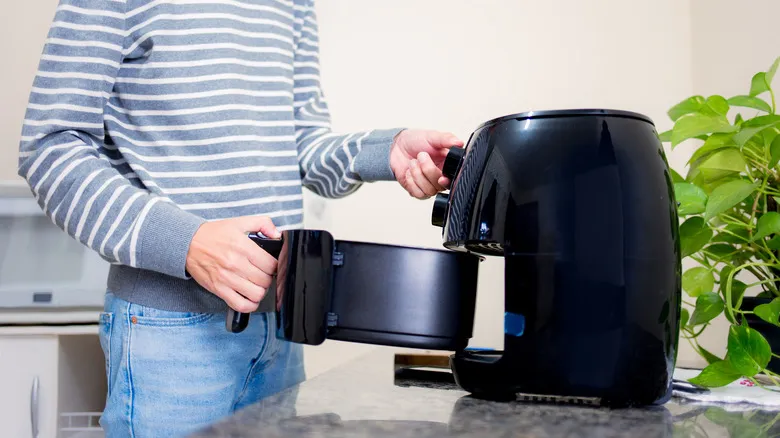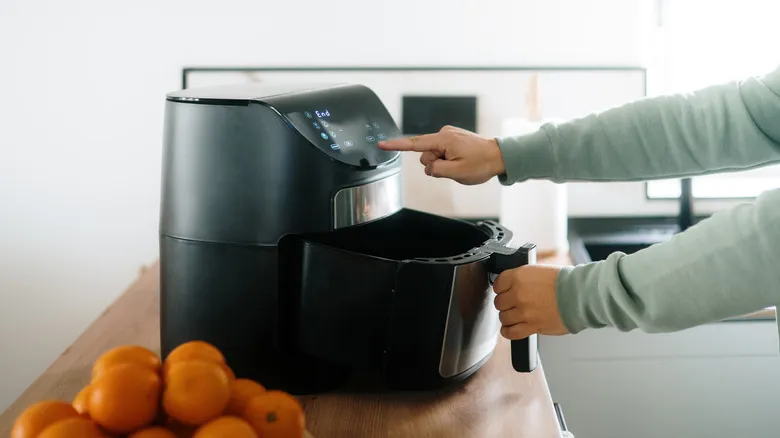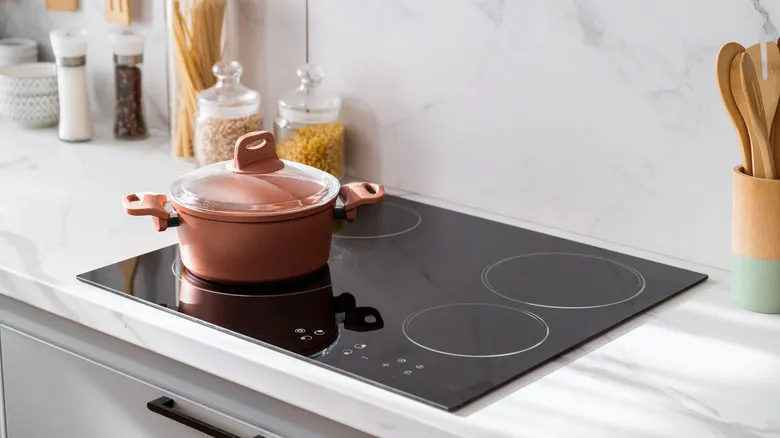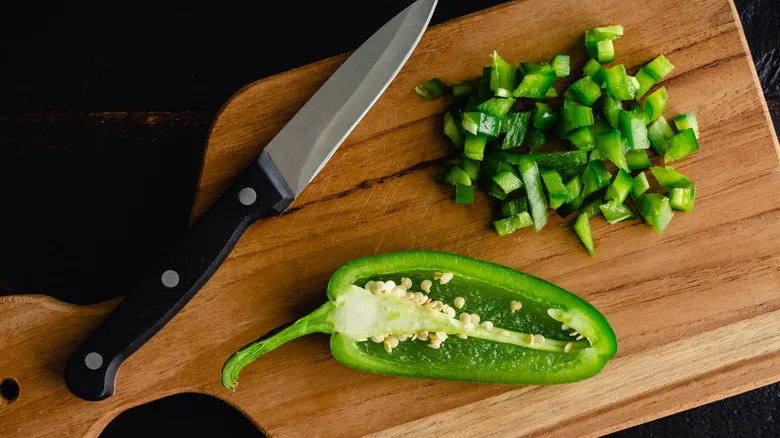What is a paring knife, and what is it for?

The paring knife, depending on its blade shape, can be viewed as a miniature chef's knife (featuring a spear-shaped tip) or a small santoku (with a sheep's foot tip). Additionally, there is a bird's beak paring knife, which has a sharp, downward-curving edge that excels at reaching into tight spaces.
While it may resemble a scaled-down version of a chef's knife or santoku, using a paring knife in the same manner as these larger, versatile blades would be a mistake. Due to its size and lightweight design, a paring knife is not suitable for cutting through tough vegetables like squash or sweet potatoes. If you find yourself needing to apply significant force, it's time to switch to a chef's knife.
The best approach to using a paring knife is to embrace its size, rather than trying to adapt it for larger tasks. Paring knives are ideal for handling small amounts of delicate ingredients that require a gentle touch, as well as for techniques that demand precision and finesse, allowing the knife to act as an extension of your hand.
Uses for a paring knife

One of the most well-known applications for a paring knife is peeling the skin off fruits and vegetables. In fact, for certain items, a paring knife is often a better choice than a vegetable peeler. For example, the tender flesh of kiwis can be easily damaged by a peeler, while a paring knife provides a clean cut.
Beyond peeling, paring knives serve various purposes with fruits and vegetables. Their compact size and ease of handling make them ideal for tasks like removing cores, segmenting small citrus fruits such as kumquats, and hulling strawberries. When you encounter a flaw on an otherwise perfect piece of produce, a paring knife can precisely target the blemish. Just remember to keep your knife sharp, as a dull blade may end up cutting away too much good fruit.
As previously mentioned, intricate tasks involving small ingredients are better suited for a paring knife than a chef's knife. It's more effective to finely chop small amounts of herbs, garlic, or shallots with a paring knife rather than a larger blade — you'll feel more in control. This level of precision is also beneficial when deveining shrimp or trimming fat, bones, or tendons from meat. Additionally, the paring knife is perfect for decorative tasks. Go ahead and try to create heart-shaped cucumbers or tomato roses with a hefty chef's knife — we challenge you!
Recommended

Why You Should Keep A Box Of Toothpicks By Your Air Fryer

The Surprising Kitchen Appliance That Can Help Keep Salad Greens Fresh

The Actual Rules For Preheating Your Air Fryer

The Difference Between Electric And Induction Stove Tops
Next up

